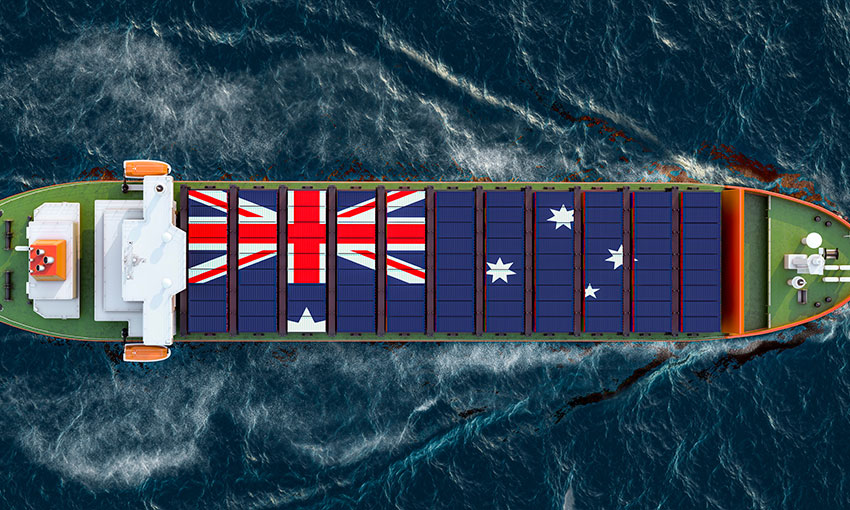PEAK ports body Ports Australia has released a coastal shipping analysis paper to provide data-supported insight.
Ports Australia said the impetus for the factsheet is a desperate need for transparent information to understand the potential of coastal shipping for supporting the productivity of our nation’s supply chain.
“The factsheet approaches this need with neutrality and presents its findings backed by data, removing any influence of industry point scoring,” Ports Australia said in a statement.
Ports Australia said the country needs a sustainable coastal shipping sector that will not replace, but support, the growing freight task.
The organisation said it recognises there is a range of supply-chain-specific factors that influence decisions on freight modes. However, by realising the potential of coastal shipping and establishing stable regulatory regimes, Australia can approach its freight task with more diverse opportunities for efficiency.
Size of the freight task
Australia’s national freight task is estimated to be 725 billion tonne-kilometres, having increased by over four-fold in the last 45 years. Between 2018 and 2040 it is forecast to increase by 25% to 962 billion tonne-kilometres.
Data published by BITRE shows in 2015-16, coastal shipping took on just 14.9% of Australia’s domestic freight task, which is a steep decline from 2000-01 when that number was at 27%.
Ports Australia policy and operations director Margie Barbouttis said a strong supply chain is built on strong data, and this coastal shipping analysis paper aims to provide that.
“Ports Australia is looking to provide accessible, diverse datasets with our Coastal Shipping Factsheet,” she said.
“Ports Australia’s Coastal Shipping Factsheet shows that despite our blue highway’s competitive advantages over other freight modes for costs, safety and environmental impact, coastal shipping’s role in meeting Australia’s freight task continues to decline.”
Neutrality and transparency
Ports Australia CEO Mike Gallacher said coastal shipping has held a major share of Ports Australia’s advocacy for many years. He said the factsheet is a step in a new direction of neutrality and transparency.
“Ports Australia is not looking to score points for the maritime sector or undermine other industries, but rather support the national supply chain and the Australian people as we now more fully understand the potential of coastal shipping for the Australian supply chain,” Mr Gallacher said.
“At a time when industry and government are conducting post-mortems on recent international crises, the Coastal Shipping Factsheet’s information should be used to help address the vulnerabilities and boost the productivity of our supply chain.”
The factsheet can be downloaded from Ports Australia’s website.

